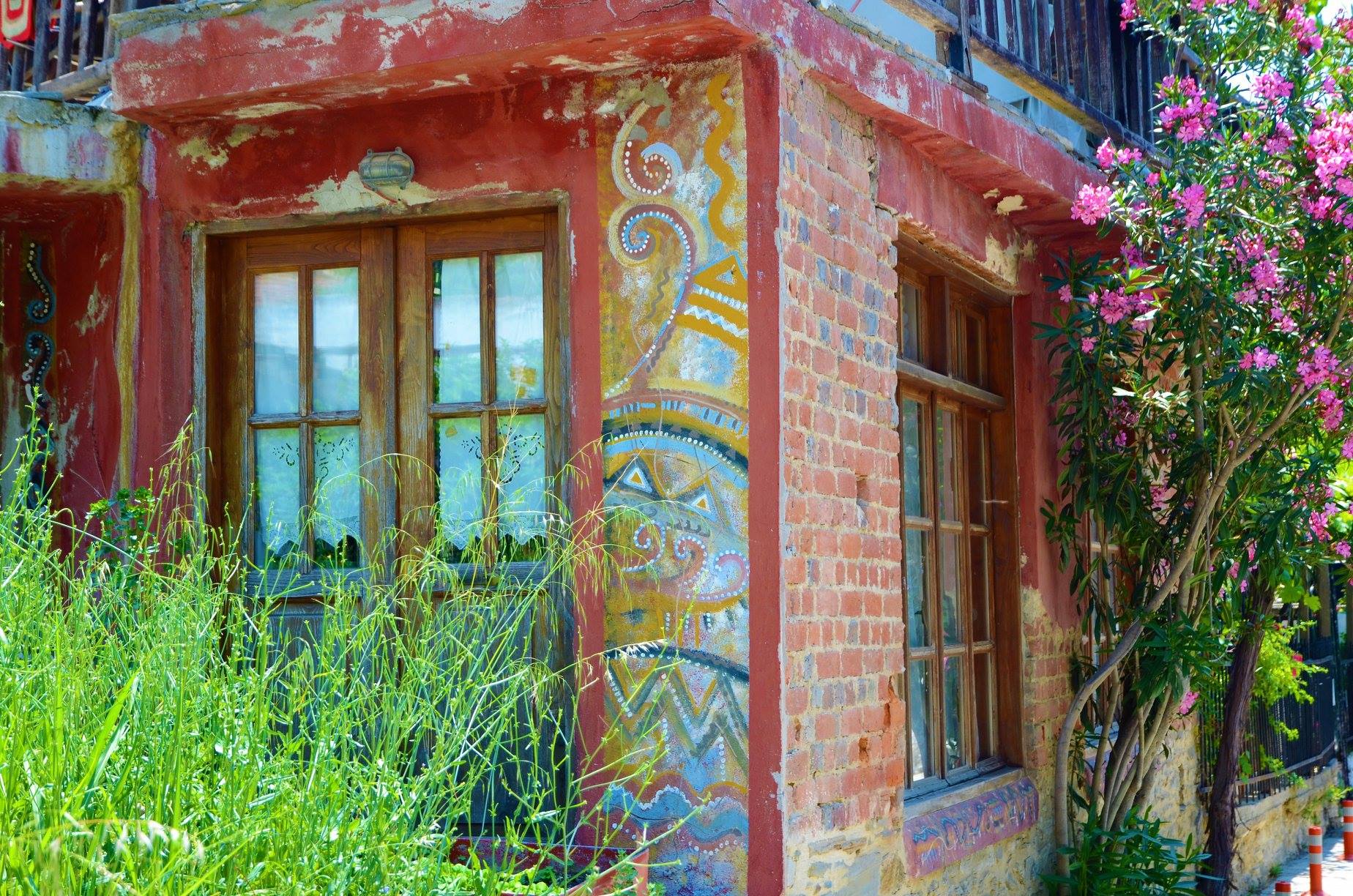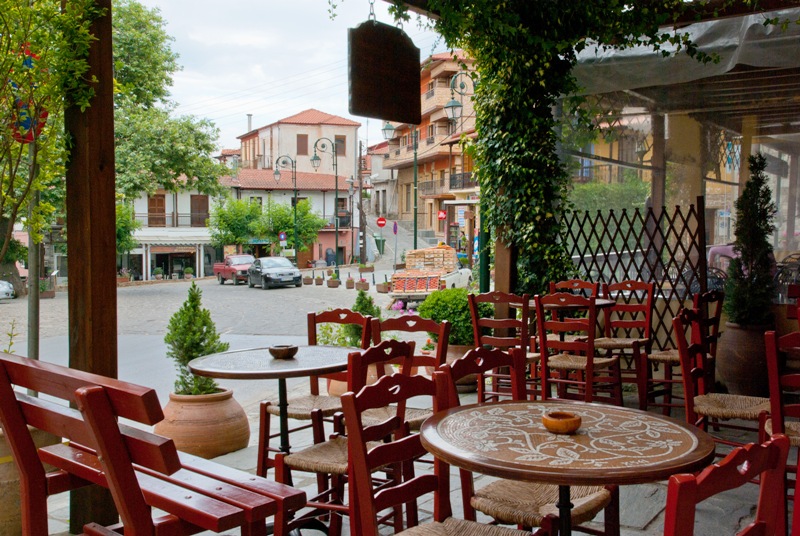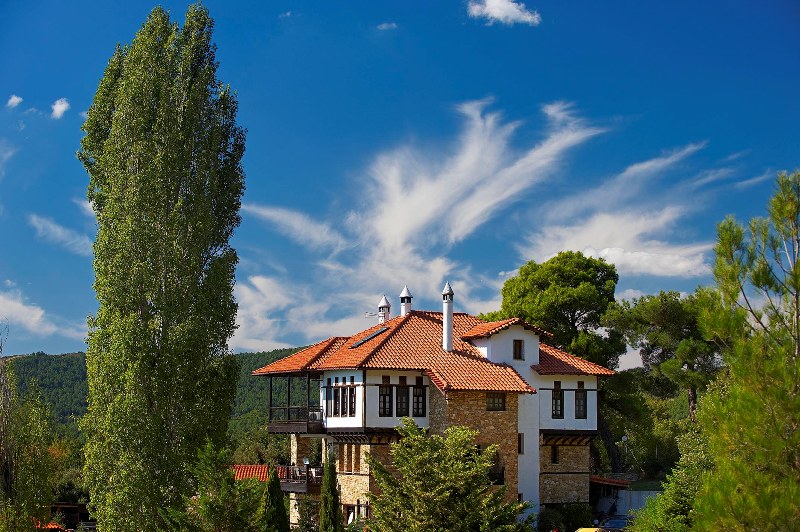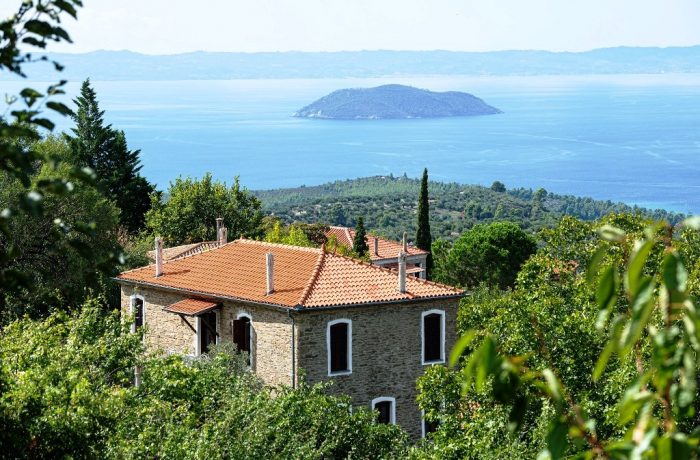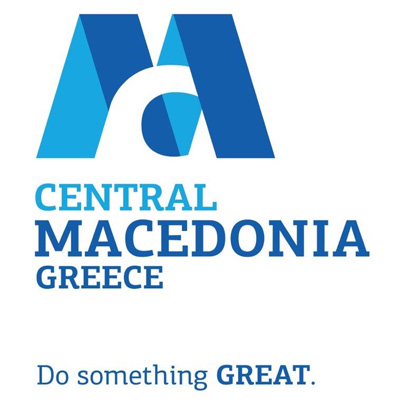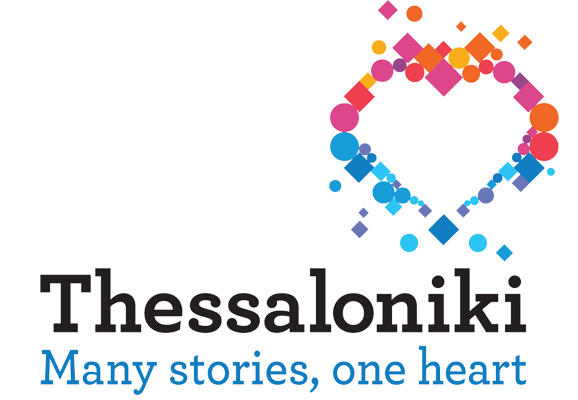Don’t forget to get off the beaten path and discover the traditional villages in Halkidiki.
At these enchanting villages, one can find a wide range of interesting buildings, from simple one-room dwellings to fine mansions. There is also the distinctive mix of buildings with narrow, broad facades, the area’s main characteristic. However, the popular architecture of Halkidiki is the vernacular architecture which is a local version of the familiar Macedonian style. It has the same basic construction, exterior (or morphological ) characteristics, however, different in typological variations.
Some of the must-see traditional villages includes Parthenonas and Arnea in the mountains of Halkidiki and also the Old town of Nikiti and Athitos. Stone houses, Cobblestones alleys, traditional architecture, old churches & folklore museums.


